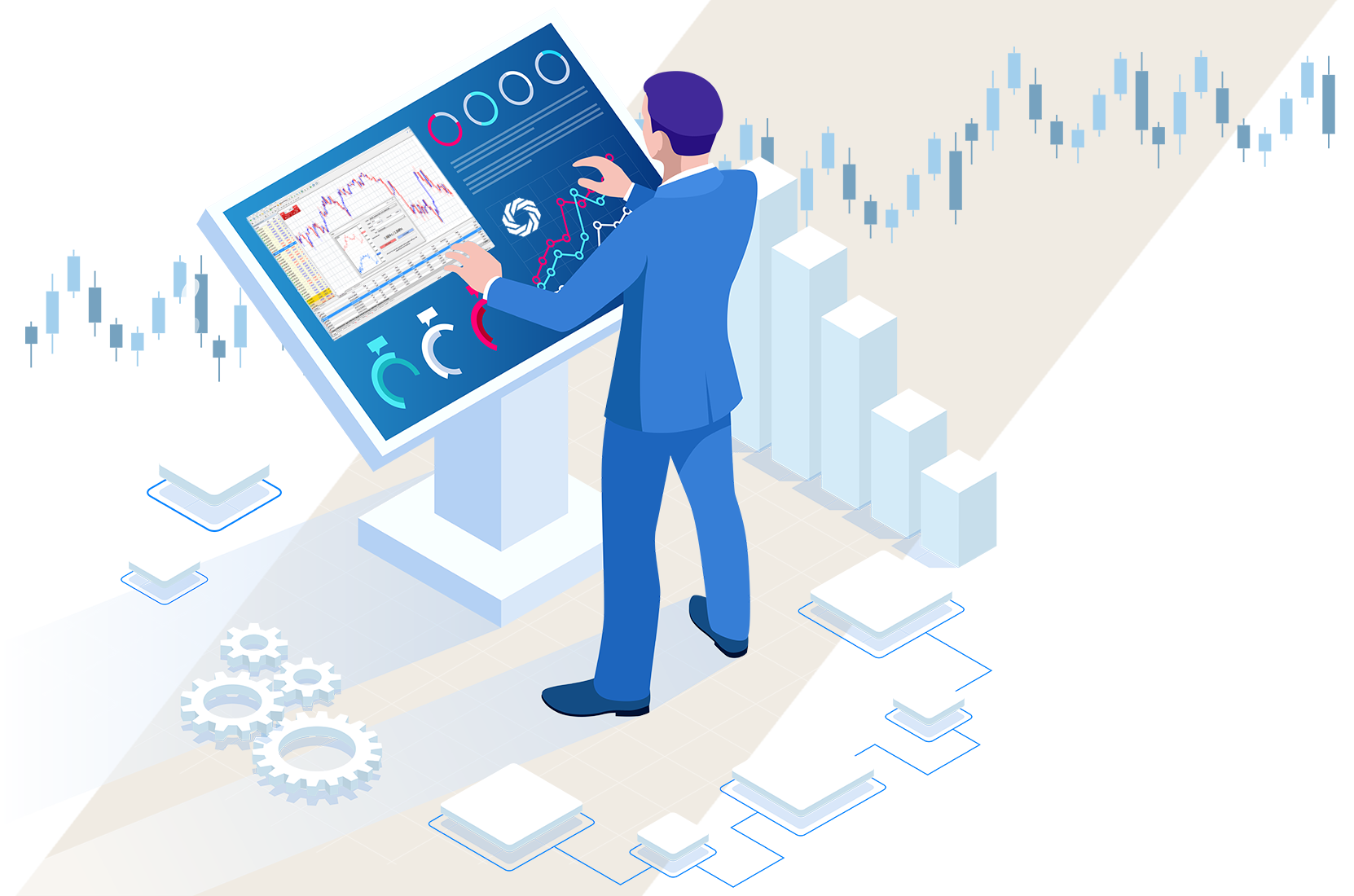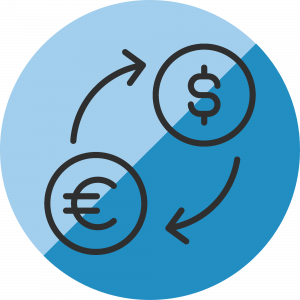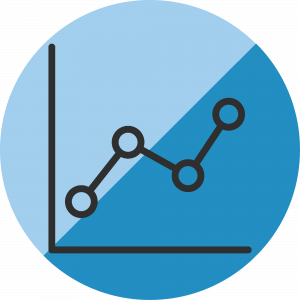Why trade CFDs online with CMG?
CFD trading follows the fortunes of the world’s most valuable commodities – like gold and silver, plus indices – and has long been a popular form of investment. With CMG, you can access this world of opportunities with margin as low as 5%, no brokerage fees and no commission on standard accounts.
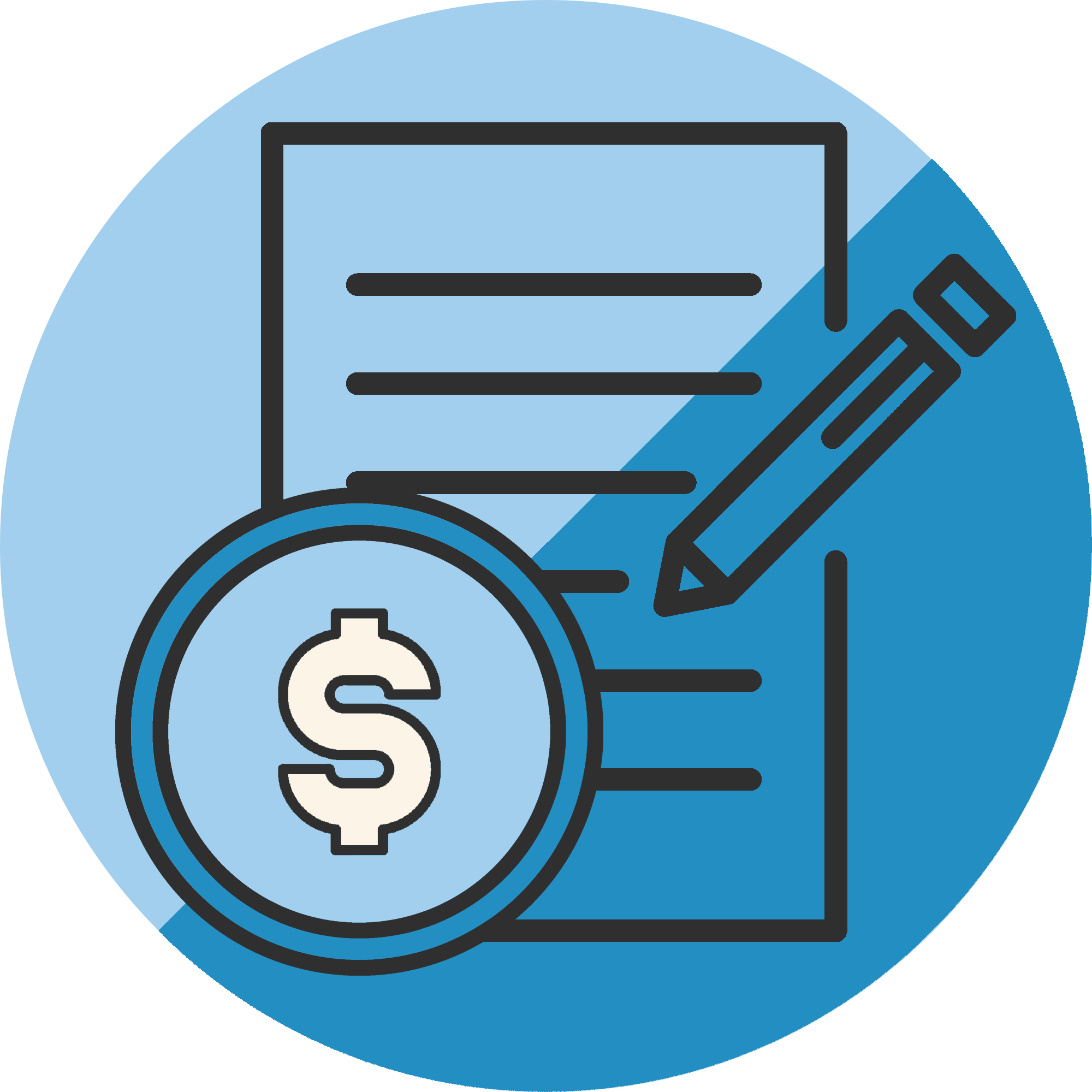
50+ CFDs
Instruments
Access the most well-known precious metals, including gold, silver and copper

30:1
Leverage
Trade CFDs online with 30:1 leverage
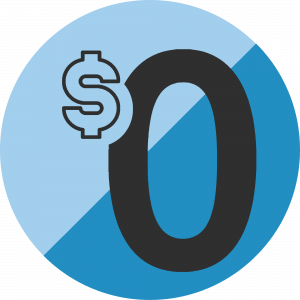
Zero
Commission
Deposit and withdraw freely with $0 commission
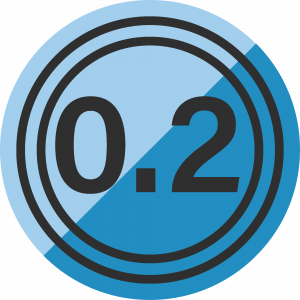
Competitive Spreads
from 0.2 pips
Super competitive spreads with ultra fast execution speed

Ability to Open
Long & Short Positions
Take advantage when your asset price falls or rises

Trusted
Broker
Thousands of traders globally trust us with their trades
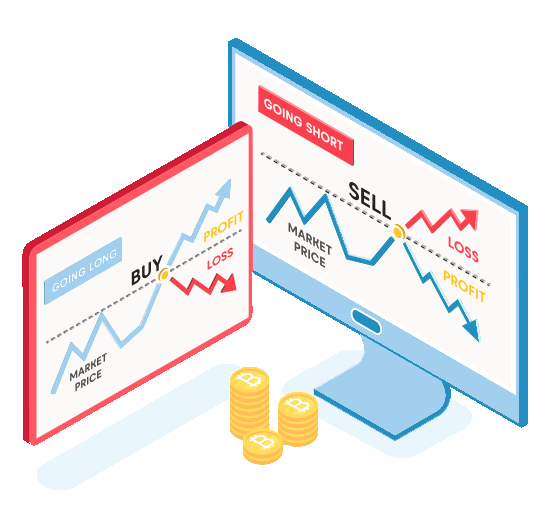
What is CFD trading?
A Contract for Difference (CFD) is a popular form of derivative trading whose value comes from the movement of an underlying asset. CFDs are a popular gateway for investors to enter the financial markets and trade a range of well-known assets.
CFD trading is simply speculating on the rising or falling prices of global financial markets – such as indices, commodities, metals or shares. A CFD trade is basically a contract between an investor and a broker to settle on the difference in the value of a financial asset or instrument for the duration of the contract. At the time of closing the contract (a trade), if the price is higher than the opening price, the buyer will profit. The seller has to pay the buyer, the difference, and that will be the buyer’s profit. The opposite is true if the trade price is lower than the opening price.
How do CFDs work?
There are two prices to look for in a CFD trade: buy price and sell price. Which one you choose will depend on whether you think the price will rise or fall.
-
Long position: A long position takes place when a trader places a BUY trade. Here, the trader expects the asset value will rise over time. The trader will BUY at a low price but SELL once the price rises.
-
Short position: A short position happens when the trader feels there will be a decline in the value of the asset and selects a SELL position. However, the trader intends to buy the contract back at a later stage when the value of the asset increases, thereby profiting from the entire exchange.
Consider this example: You see that GOLD is currently priced at USD$1,720.15, and you speculate that its value will increase. To make a profit, you would open a ‘long’ position on the CFD at the current buy price. At the time of contract closing the price of GOLD has risen to USD$1,801.32, and the CFD position has earned profit! If the price had decreased below the initial buy price, you would have suffered a loss.
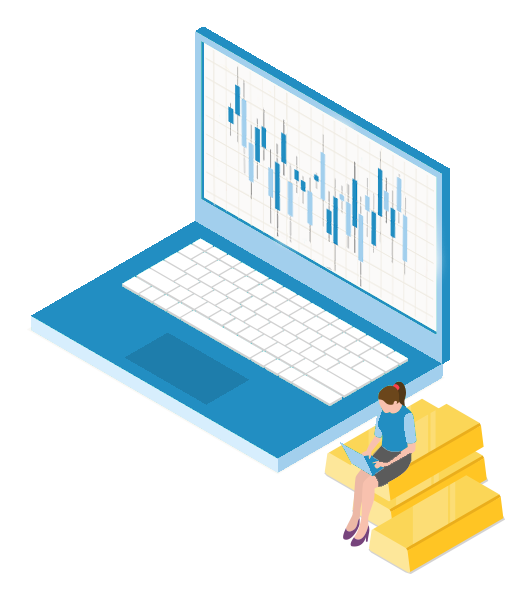
What markets can I trade with CMG?
CMG provides access to a wide range of markets, featuring 50+ instruments to trade as CFDs. Whether you’re trading for the first time or looking for new ways to diversify your investment portfolio, CFDs can open a world of opportunities. For full details, please refer to CMG’s product schedule where you will find details about each instrument, including initial margin rate, spreads, min and max trade size.
Discover our CFD instruments?
Most Popular CFDs to Trade
| Symbol | Market Description | Margin % | 1 Lot Value per Pip | Max Trade Size/Lots |
|---|---|---|---|---|
| CHINA50 | FTSE China A50 Futures CFD | 3.0% | USD 1 per 1.00 | 10 |
| DAX40 | DAX Futures CFD | 0.5% | EUR 25 per 1.00 | 10 |
| DJ30 | Dow E-mini Futures CFD | 1.0% | USD 5 per 1.00 | 10 |
| HSI | Hang Seng Futures CFD | 1.0% | HKD 50 per 1.00 | 10 |
| S&P | S&P 500 Emini Futures CFD | 1.0% | USD 50 per 1.00 | 10 |
| NAS100 | Nasdaq 100 E-mini Futures CFD | 1.0% | USD 20 per 1.00 | 10 |
| VIX | Volatility Index Futures CFD | 5.0% | USD 1 per 0.001 | 10 |
| Symbol | Market Description | Margin % | Contract Size | Max Trade Size/Lots |
|---|---|---|---|---|
| NATGAS | US Natural Gas Futures CFD | 3.0% | 10,000 MMBtu | 10 |
| SOYBEAN | Soybean Futures CFD | 3.0% | 5,000 bushels | 10 |
| Symbol | Market Description | Margin % | Contract Size | Max Trade Size/Lots |
|---|---|---|---|---|
| BRENT | Brent Crude Futures CFD | 2.0% | 1,000 barrels | 10 |
| WTI | WTI Crude Oil Futures CFD | 2.0% | 1,000 barrels | 10 |
| UKOIL | UK Crude Oil | 2.0% | USD 10 Barrels | 400 |
| USOIL | US Crude Oil | 2.0% | USD 10 Barrels | 400 |
| Symbol | Market Description | Margin % | Contract Size | Max Trade Size/Lots |
|---|---|---|---|---|
| SILVER | Silver Future CFD | 1.0% | 5,000 ounces | 20 |
| GOLD | Gold Future CFD | 1.0% | 100 ounces | 20 |
| COPPER | Copper Futures CFD | 3.0% | 25,000 lbs | 10 |
| Symbol | Market Description | Margin % | Contract Size | Max Trade Size/Lots |
|---|---|---|---|---|
| XAGUSD | Silver vs US Dollar | 1.0% | 5,000 ounces | 20 |
| XAUAUD | Gold vs Australian Dollar | 1.0% | 100 ounces | 20 |
| XAUCHF | Gold vs Swiss Franc | 1.0% | 100 ounces | 20 |
| XAUEUR | Gold vs Euro | 1.0% | 100 ounces | 20 |
| XAUGBP | Gold vs British Pound | 1.0% | 100 ounces | 20 |
| XAUUSD | Gold vs US Dollar | 1.0% | 100 ounces | 20 |
| XPTUSD | Platinum vs US Dollar | 1.0% | 100 ounces | 20 |
| SILVER | Silver Future CFD | 1.0% | 5,000 ounces | 20 |
| GOLD | Gold Future CFD | 1.0% | 100 ounces | 20 |
For a complete overview of all CFD instruments available and what time zone they are active in, check out the product schedule.
Benefits of CFD trading
New to CFD trading? Discover how CMG helps give you an edge.
Go ‘long’ or ‘short’

Go short if you think prices will go down, or go long if you think prices will rise
Small initial capital
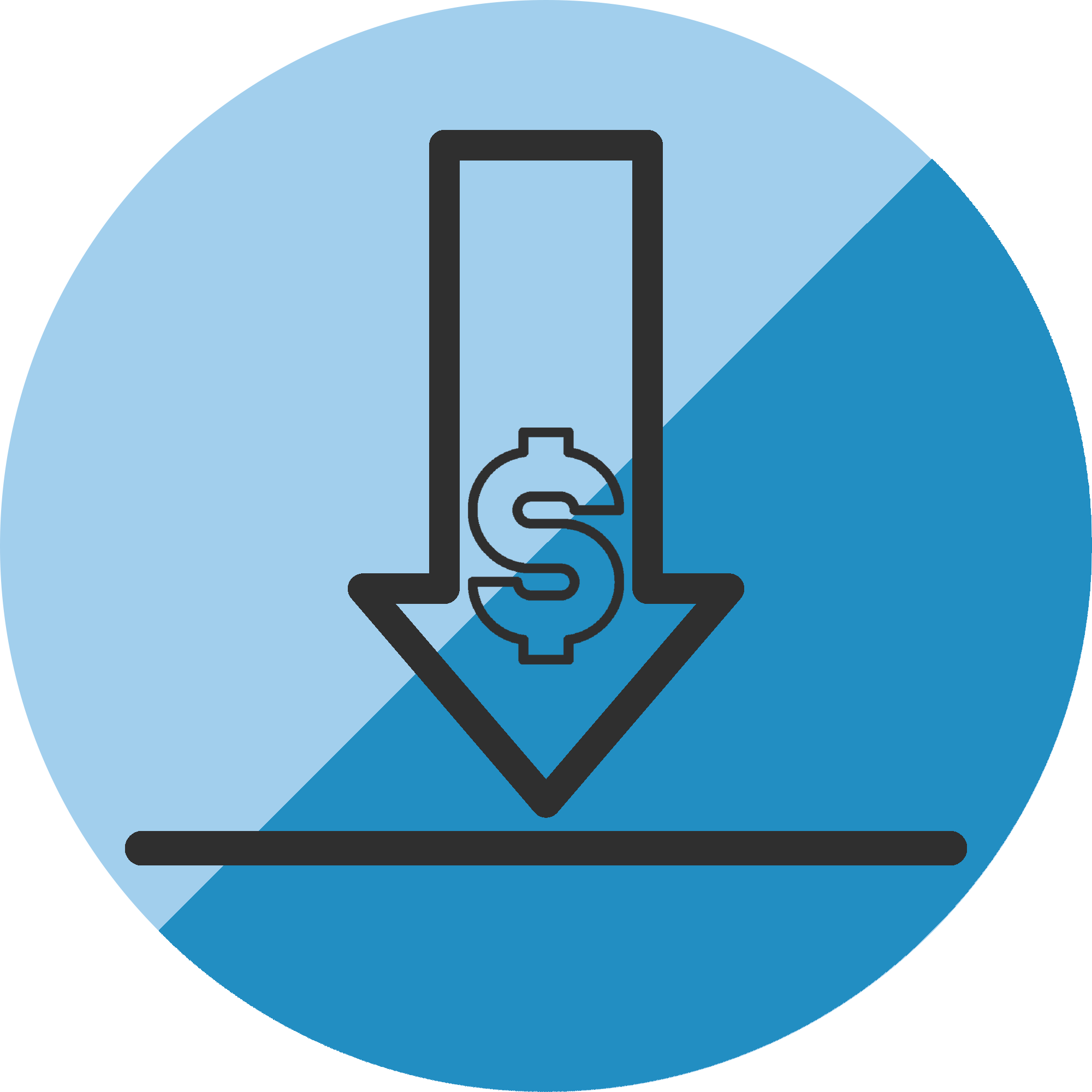
Get started by depositing only a small fraction of the actual trade size on each CFD transaction
Tax efficient asset

CFDs are tax-efficient in some countries, due to a lack of stamp duty because you don’t own the underlying asset
Hedge your portfolio

Many traders use CFDs as an effective way to hedge an existing physical portfolio
24/7 Accessibility

Trade anywhere, anytime using advanced web and mobile platforms to stay connected with the market
Zero fees
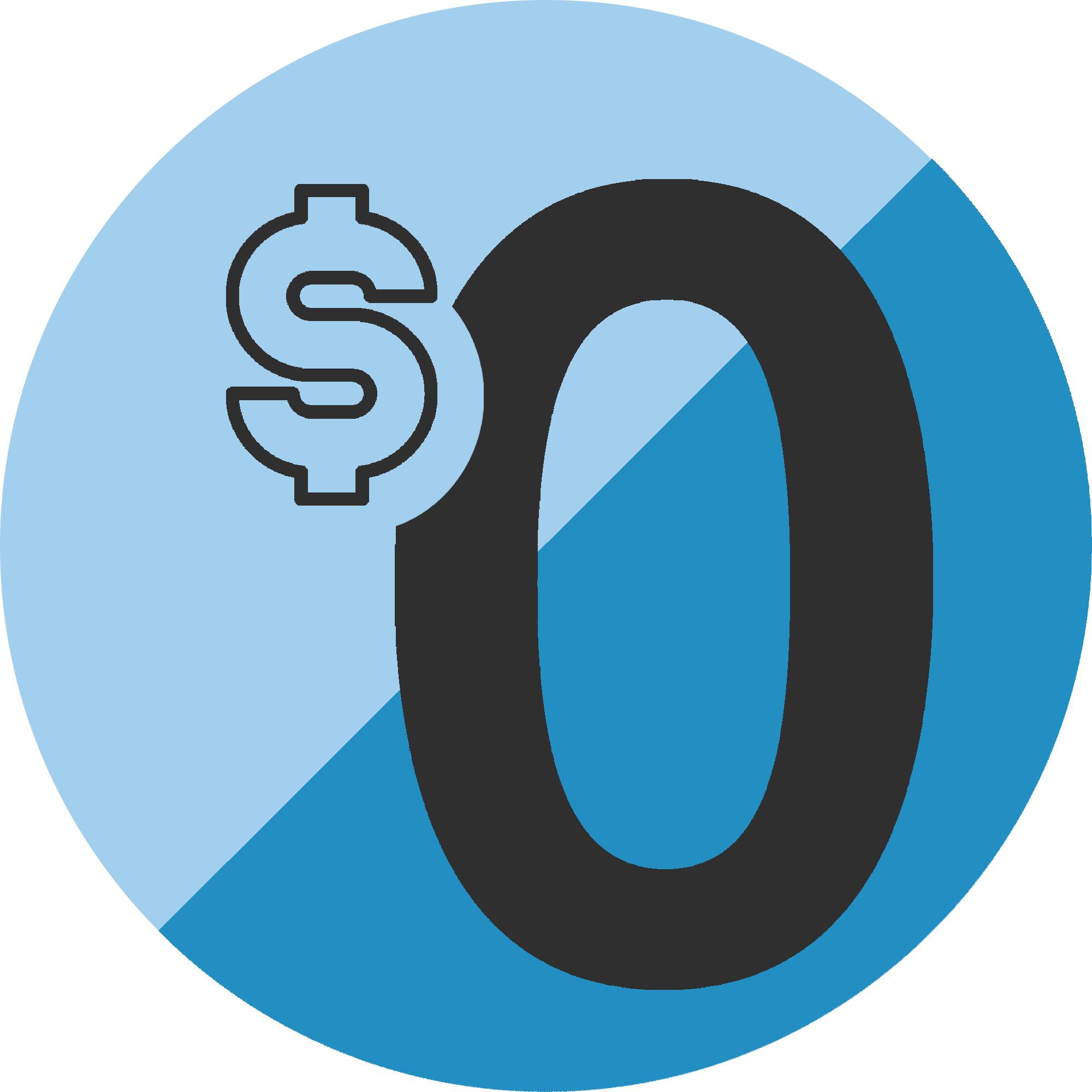
Because you don’t physically own the assets you trade, you don’t have to pay exchange fees
CFD Trading Platforms and Tools
Experience contract for difference trading online the way it was meant to be – intuitive, fast and portable. When finding the right trading platform to trade CFDs, these are the ultimate tools to consider.
Discover more markets to trade with CMG
Choose from a variety of global markets to trade with CMG, using ultra competitive spreads & flexible leverage to trade your edge.
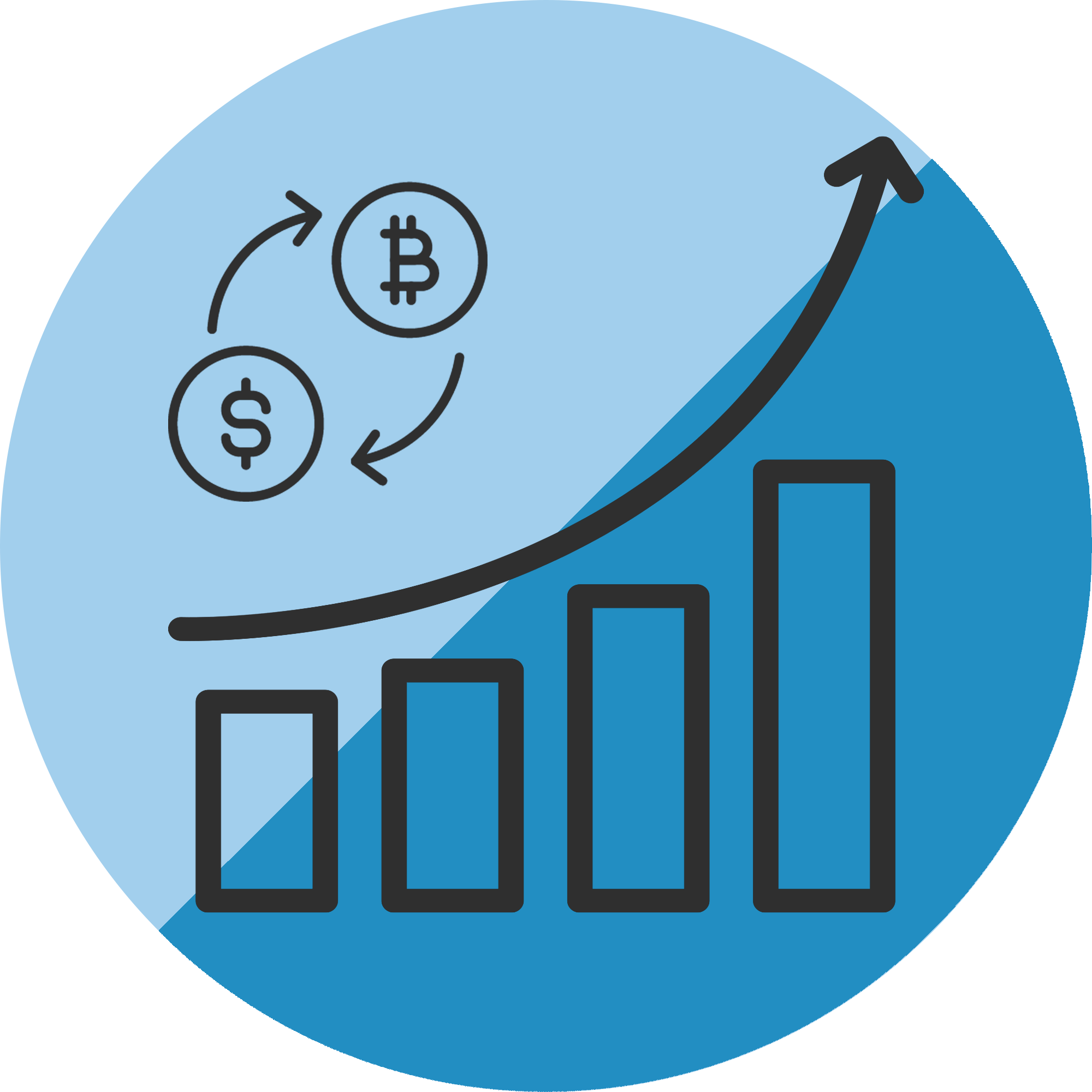
Cryptos
CFD Trading FAQs
Risk Warning: CMG is a trading name of AxiTrader Limited (CMG), which is incorporated in St Vincent and the Grenadines, number 25417 BC 2019 by the Registrar of International Business Companies, and registered by the Financial Services Authority, and whose address is Suite 305, Griffith Corporate Centre, PO Box 1510, Beachmont Kingstown, St Vincent and the Grenadines. AxiTrader Limited is 100% owned by AxiCorp Financial Services Pty Ltd, a company incorporated in Australia (ACN 127 606 348). Over-the-counter derivatives are complex instruments and come with a high risk of losing substantially more than your initial investment rapidly due to leverage. You should consider whether you understand how over-the-counter derivatives work and whether you can afford to take the high level of risk to your capital. Investing in over-the-counter derivatives carries significant risks and is not suitable for all investors. When acquiring our derivative products you have no entitlement, right or obligation to the underlying financial asset. CMG is not a financial adviser and all services are provided on an execution only basis. Information is of a general nature only and does not consider your financial objectives, needs or personal circumstances.
All clients: Important legal documents in relation to our products and services are available on our website. You should read and understand these documents before applying for any CMG products or services and obtain independent professional advice as necessary.
Cryptocurrencies like Bitcoin are extremely volatile and can move or jump in price with no apparent reason due to lack of liquidity and ad hoc news. There is little or no fundamental reasoning behind its pricing and as such trading CFDs in Bitcoin pose a significant risk to Retail Clients. While CMG only quotes Bitcoin during the week, it can trade over the weekend, meaning there could be a significant price change between Friday and Monday. It should only therefore be traded by those clients with sufficient experience to understand that they risk losing all their investment, or more, in a short period of time, and only a very small part of their portfolio should be used.



